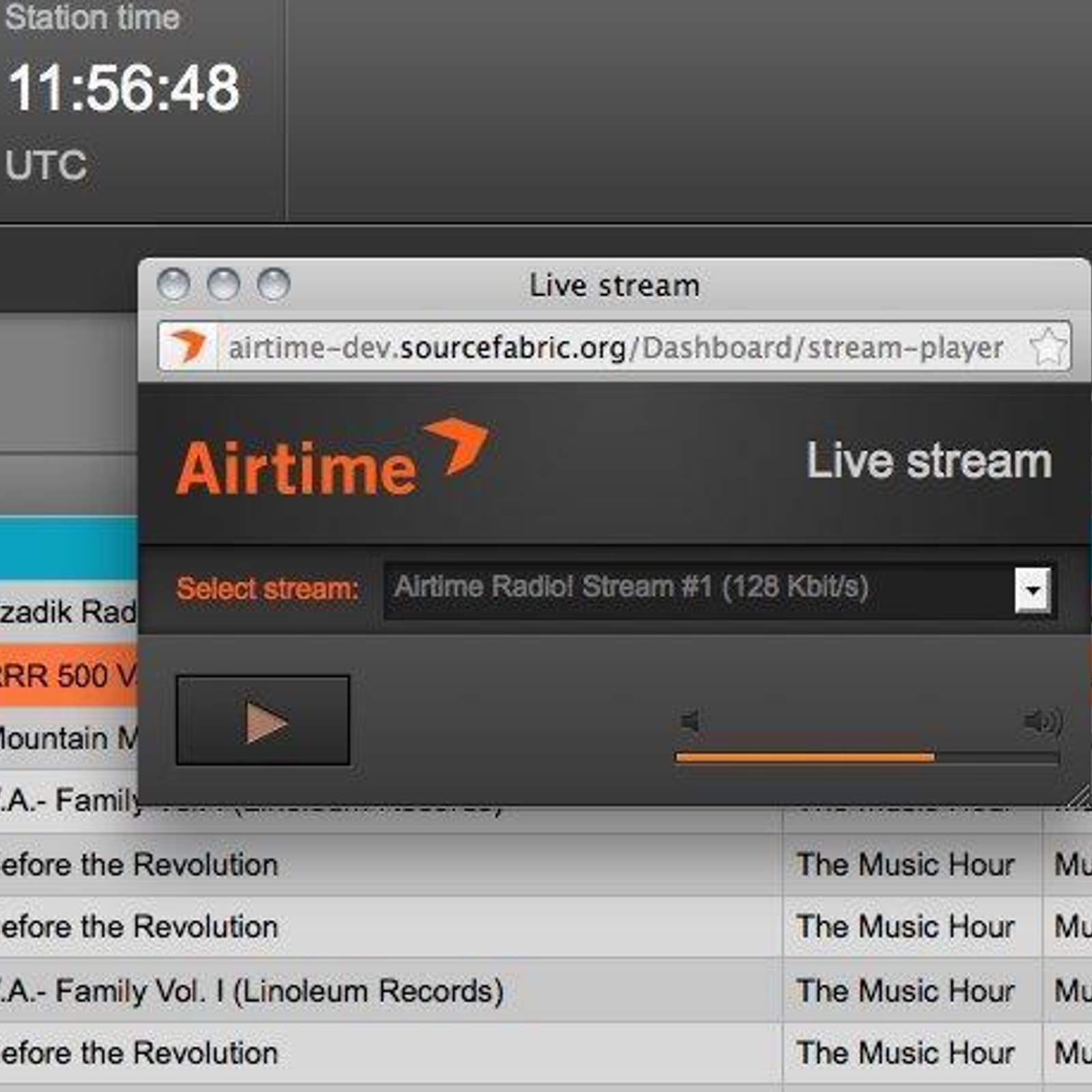Hello,
Niko Boskic (radiologik)'s profile on Myspace, the place where people come to connect, discover, and share. Butt (broadcast using this tool) is an easy to use, multi OS streaming tool. It supports ShoutCast and IceCast and runs on Linux, MacOS and Windows. The main purpose of butt is to stream live audio data from your computers Mic or Line input to an Shoutcast or Icecast server. Recording is also possible.
after several days of trial&error and googling, I still can't figure out how to get RTSP streaming to work in Processing3. I found several ways that seem possible, but I didn't find enough detail on each so that I could get it to work.
1) I found this post [1] that uses GSPipeline, however I don't know what to import as the GSPipeline object can't be found (I am using Processing 3 which seems to be based upon GSVideo)
Radiologik Stream Receive Service
2) Use VLCs ability to open the stream and then recode it to another format, but I couldn't find out what which format could be then opened by Processing.
3) Using Syphon, however there doesn't seem to be a VLC plugin, so another way to capture the stream would be necessary.
4) Java Clients, I am sure that there are Java libraries handling the RTSP stream, can such be used?
P bass garageband. As there are multiple ways, I am confused at the moment and would kindly ask anyone who already has a working example of displaying a RTSP stream in Processing for sharing their experiences on the topic.
Omnisphere 2.6 crack with keygen. It gives the perfect pair of musical units that offer all forms of plugins, which are precise, easy to function, and simplified substantially better.
Best
[1] https://forum.processing.org/one/topic/capturing-video-stream-into-processing-from-a-security-system-via-ethernet.html
Beginning with version 3.5, Audio Hijack included a Broadcast block in its Outputs section, enabling you to send audio to an internet streaming server for global listening. The Broadcast block is perfect for running livecasts of podcast recordings, as well as powering internet radio streams, and live streaming DJ sets.
To get started, just add a Broadcast block to your Session. You'll then be able to stream your audio to an external server. Be sure to see the “Broadcast Block” page of the Audio Hijack manual (found in the app's Help menu) for more details.
Streaming audio services

Using the Broadcast block requires an external streaming server to which listeners can connect. Once you configure Broadcast to send audio out to an external server, listeners will be able to tune in to it to hear your audio.
Technically inclined broadcasters can run a self-hosted Shoutcast or Icecast server. Download serato scratch live 2.0. Alternately, you can purchase service from a streaming host. Find a hosting service by searching for “Shoutcast hosting” or “Icecast hosting”.
https://manomg.netlify.app/izotope-rx-de-bleed.html. There are many streaming host services you can use to broadcast. These provided helpful instructions for using their service with Audio Hijack: Garageband 10 content download for mac.


Radio.co
Sign upSetup instructions
VosCast
Sign upSetup instructions
Radiologic Stream Receiver
Streaming metadata
Radiologic Stream Receivers
The Broadcast block can embed metadata into your audio stream, to be shown to listeners when they tune in. For more details on metadata and Audio Hijack, please see the support article entitled “Showing metadata when streaming with Audio Hijack”.